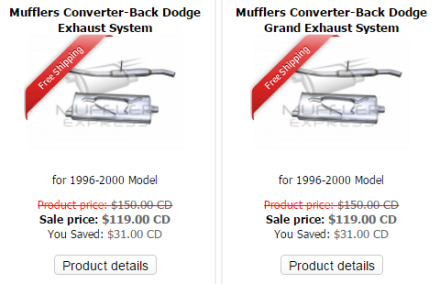Whether you purchased your car brand new and want to make a few changes, or you purchased a used car and really want to switch things up—you have to decide where to begin. Below are just a few upgrades and changes you can make to your car to make it look and feel more like you.
 Electronics
Electronics
Electronic upgrades in your car have never been more versatile. If your car is a bit older, it may not have many electronic gadgets built-in. Below are a few electronic car upgrades to consider:
• New car stereo, speakers, woofers, etc.
• Satellite radio
• IPod and/or Smartphone adapter
• Bluetooth
• GPS
• Rear seat DVD
• Solar chargers
• Dash cam
• Radar detector
• Power locks
• Remote starter
Interior Changes
Changing the interior of your car is an excellent way to make your car more comfortable, functional, and even more visually appealing. A few interior changes to consider include:
• New upholstery
• Seat covers
• Upgraded or seasonal floor mats
• Interior car organizers
• New steering wheel
• Decorative shift knobs
• Dash kit
• Custom gages
Paint and Detailing
Changing the color of your car will make a dramatic difference. When you factor in finishes and colors, your list of options is a mile long. On top of that, you want to determine if your car will be one solid color, or if you want to have a custom design painted on. Automotive painters are true artists who can do far more than pinstripes and flames, and instead creative color blocking and patterns.
However, painting your car a fairly common color can make it feel more like you. Since most cars come standard in only a handful of colors, painting your car a color you like will really personalize its appearance.
Exterior Upgrades
Some exterior upgrades are more for visual appeal, while others are designed to improve speed and function—and this goes far beyond a new paint job.
Some of the most common exterior car upgrades include:
• Lighting—both functional and decorative
• Fender
• Bumper
• Spoiler
• Folding side mirrors
• Moldings and trim
• Running boards
• Custom grilles
• High performance exhaust systems
• Truck cab accessories
• Off-roading upgrades
Personalizing your car has never been easier. Just select the features you want to upgrade, and work on them one-by-one until you have the look and feel you are going for. If car exhaust systems are on this list, check out the wide selection at Muffler Express—available for shipping to both the US and Canada.



 nths, making spring an excellent time for a full detail clean. Detailed cleaning may not be essential for your car’s performance, but is one of the many ways you take pride in your car. Regular detail cleaning also helps to maintain its sales value by ensuring it looks its best. While detailing, look for any dings or scratches to your windows or body that must be addressed. Also, consider any additional car accessories that will help to keep your car organized and clean.
nths, making spring an excellent time for a full detail clean. Detailed cleaning may not be essential for your car’s performance, but is one of the many ways you take pride in your car. Regular detail cleaning also helps to maintain its sales value by ensuring it looks its best. While detailing, look for any dings or scratches to your windows or body that must be addressed. Also, consider any additional car accessories that will help to keep your car organized and clean.